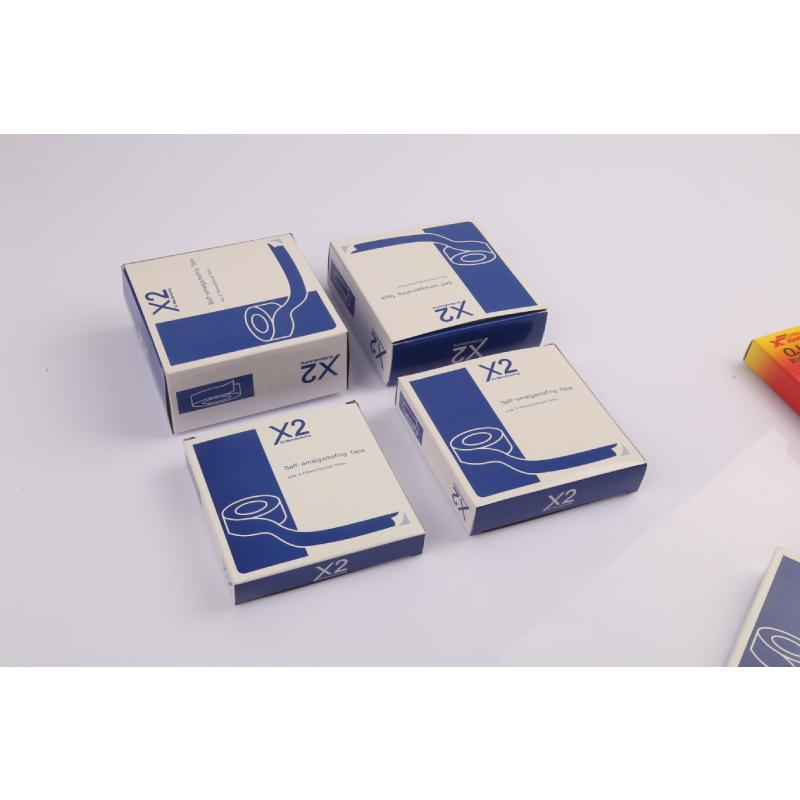The Advantages and Applications of Butyl Rubber Flashing
Butyl rubber flashing is a versatile and highly effective material used in construction and roofing applications. Renowned for its excellent waterproofing and sealing properties, it has become a preferred choice for professionals in various industries. This article will explore the unique characteristics, advantages, and common applications of butyl rubber flashing.
What is Butyl Rubber?
Butyl rubber is a synthetic rubber that is produced through the polymerization of isobutylene, typically in conjunction with a small amount of isoprene. This combination allows butyl rubber to exhibit excellent air-tightness and resistance to permeation of gases and moisture. Its unique properties make it an ideal candidate for a variety of applications, including construction, automotive, and consumer products.
Key Properties of Butyl Rubber Flashing
1. Waterproofing One of the standout features of butyl rubber flashing is its superior waterproofing capability. Its low permeability ensures that water and moisture do not penetrate, protecting structures from potential damage.
2. Adhesion Butyl rubber exhibits excellent adhesion properties, allowing it to bond effectively to various substrates. This feature is crucial in roofing applications where a strong seal is necessary to prevent leaks.
3. Durability Butyl rubber is known for its resistance to UV radiation, ozone, and extreme temperatures. This resilience contributes to its long lifespan, reducing the need for frequent repairs and replacements.
4. Flexibility Even at low temperatures, butyl rubber maintains its flexibility, making it suitable for dynamic applications where movement might occur between materials.
butyl rubber flashing

5. Chemical Resistance Butyl rubber is resistant to a range of chemicals, including acids and bases. This quality allows it to be used in industrial applications where exposure to harsh substances is likely.
Common Applications
1. Roofing Systems Butyl rubber flashing is widely used in roofing applications to create effective seals around joints, edges, and penetrations. Its waterproofing ability prevents leaks that can lead to significant structural damage and costly repairs.
2. HVAC Systems In heating, ventilation, and air conditioning (HVAC) installations, butyl rubber flashing is utilized to seal ductwork and prevent air leakage. Efficient sealing enhances the overall energy efficiency of HVAC systems.
3. Glazing In the glazing industry, butyl rubber flashing is employed to seal windows and doors. Its adhesion and waterproofing properties protect against water intrusion and air leaks, contributing to both energy efficiency and comfort in buildings.
4. Automotive Applications Butyl rubber is also used in the automotive sector, especially for sealing windshields, roofs, and other components. Its durability and resistance to environmental factors make it ideal for vehicle applications.
5. Building Construction Beyond roofing, butyl rubber flashing is utilized in various parts of building construction, including sealing around piping, electrical connections, and expansion joints.
Conclusion
Butyl rubber flashing is an essential material in the construction and manufacturing industries, praised for its waterproofing, durability, and flexibility. Its unique properties allow it to serve as a reliable sealant in numerous applications, from roofing systems to automotive components. As technology advances, the demand for effective sealing solutions like butyl rubber flashing will continue to grow, offering professionals and consumers alike a trusted material that meets the challenges of modern construction. Whether used in commercial buildings, residential projects, or industrial applications, butyl rubber flashing remains a top choice for those seeking reliability and performance in sealing solutions.
-
XIANGFAN Rubber Tape-Ultimate Solutions for All Your Insulation NeedsNewsJun.24,2025
-
XIANGFAN Rubber Tape-Protection for Industrial and Residential ApplicationsNewsJun.24,2025
-
XIANGFAN Rubber Tape: Superior Safety and Sealing for Demanding EnvironmentsNewsJun.24,2025
-
XIANGFAN Rubber Tape: Reliable Solutions for Every Electrical ChallengeNewsJun.24,2025
-
XIANGFAN Electrical & Industrial Tape: Powering Reliability Across IndustriesNewsJun.24,2025
-
XIANGFAN Electrical & Industrial Tape: Excellence in Every ApplicationNewsJun.24,2025
